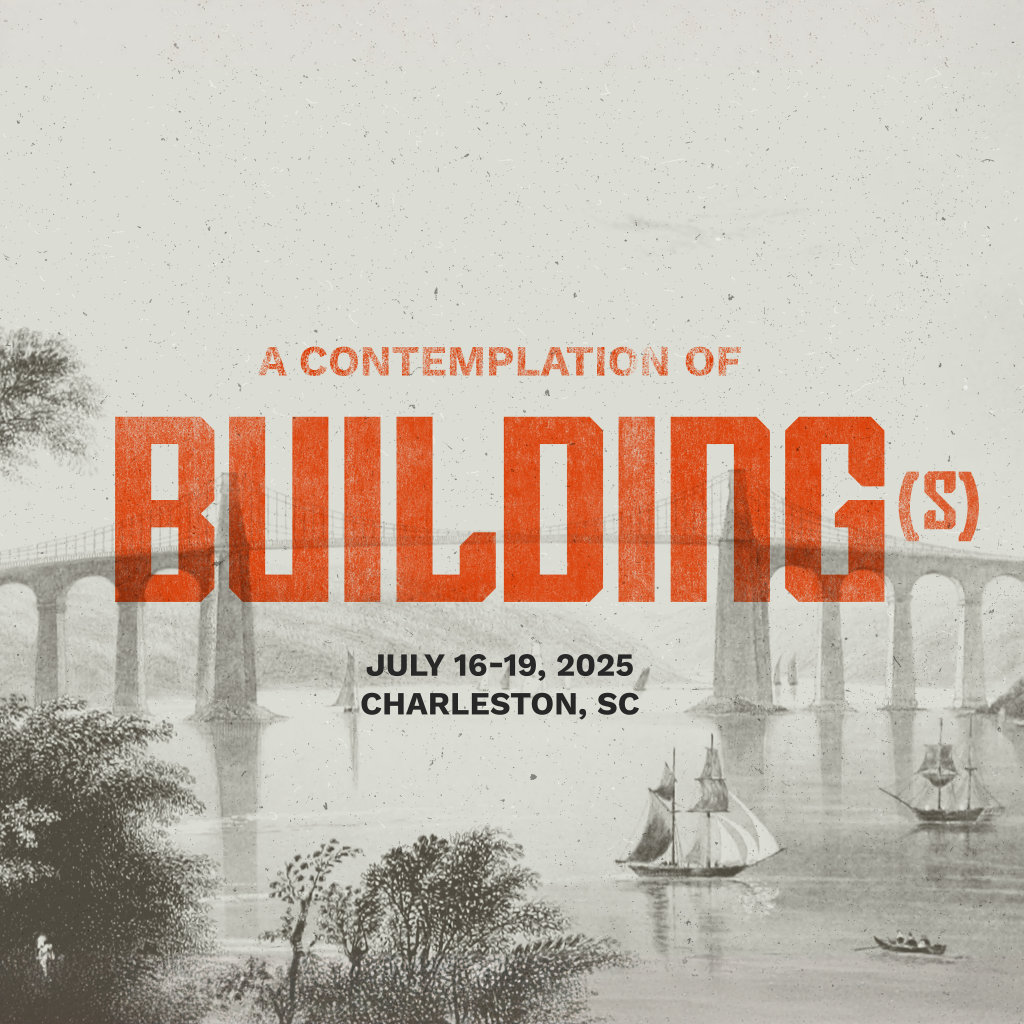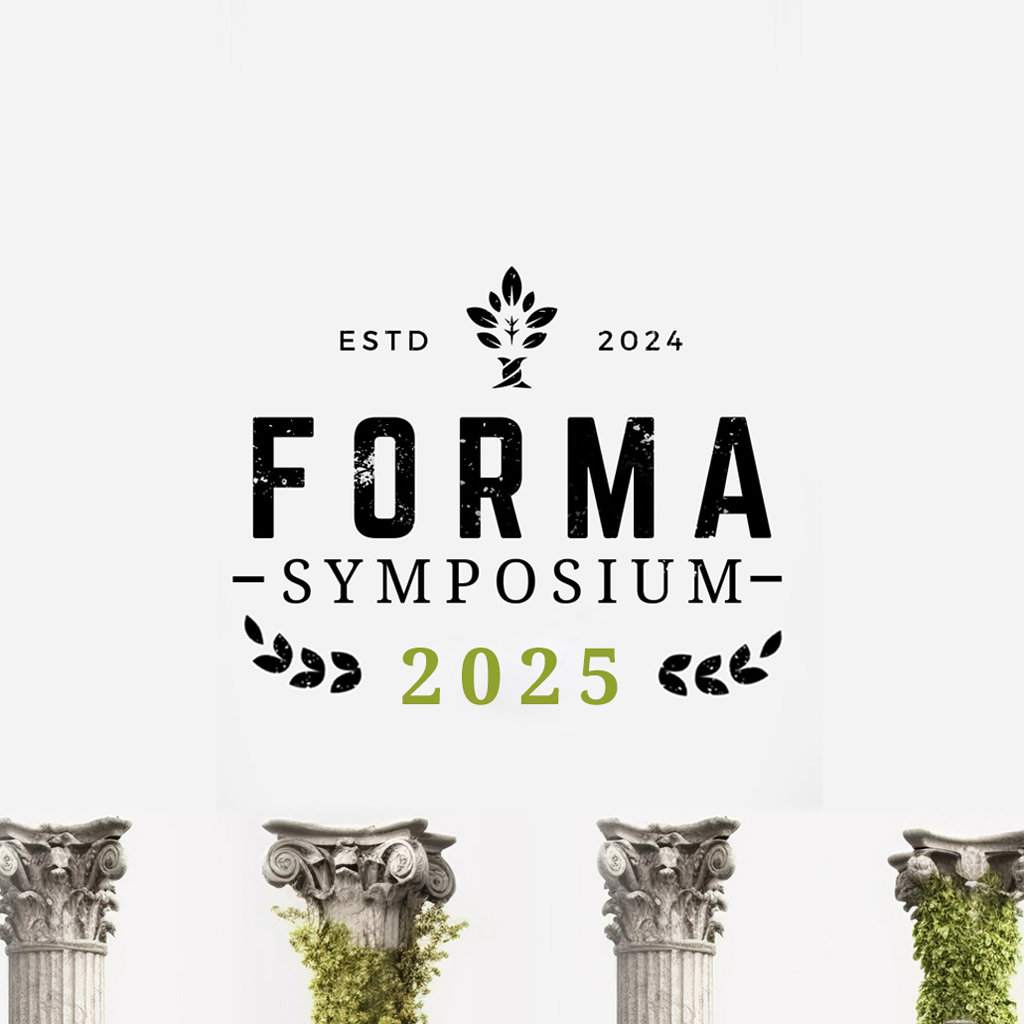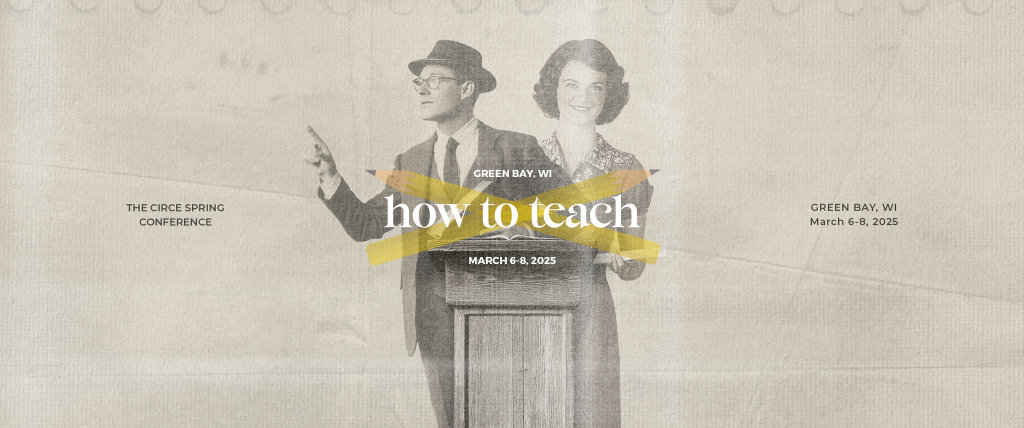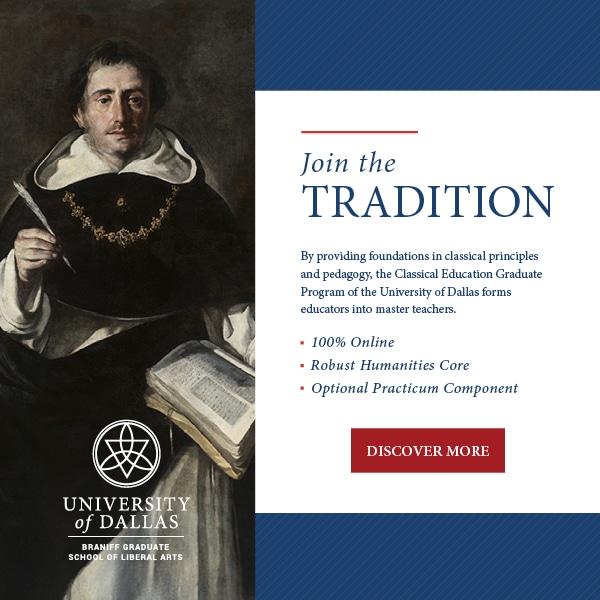What Should We Do with the Violence in the Iliad?
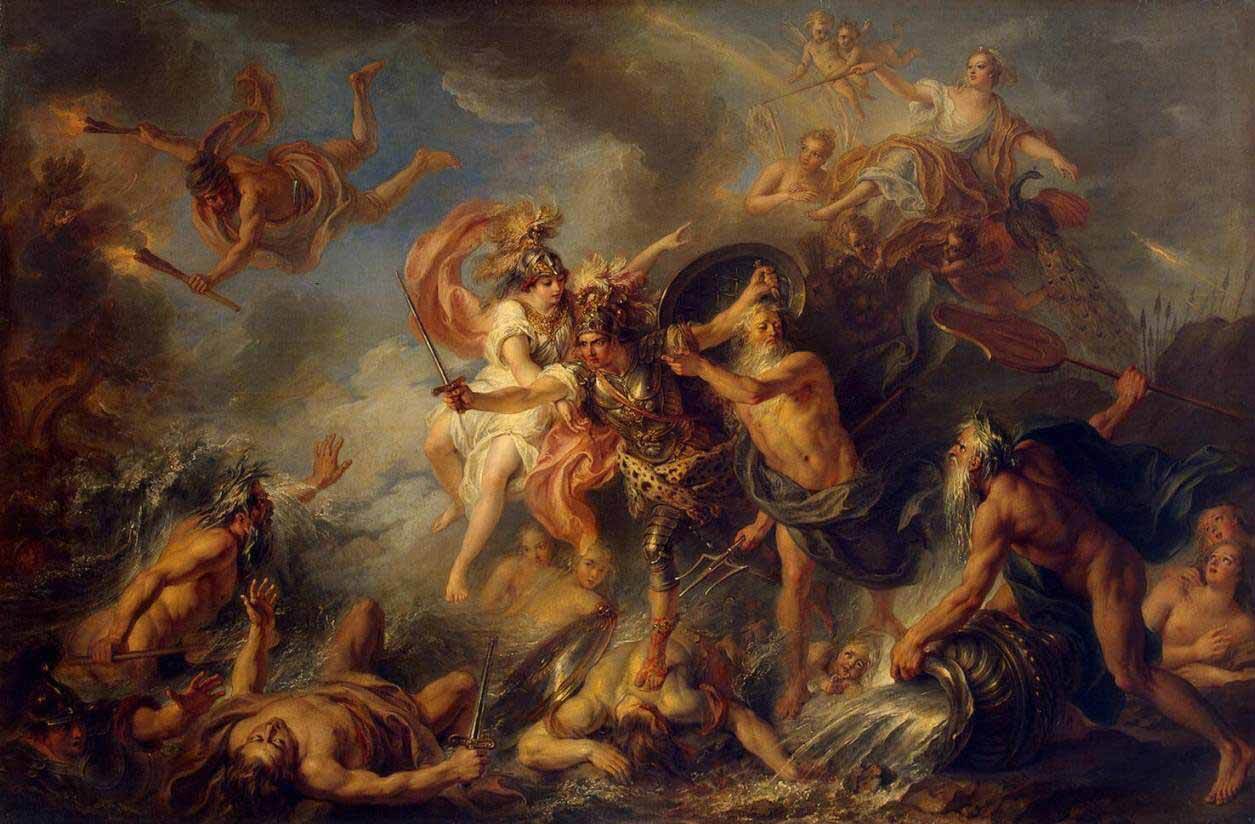
It is not hard to sympathize with Simone Weil’s famous claim that “the true hero . . . of the Iliad is force.” The Prologue announces the action of the poem to be Achilles’s “wrath” and its repercussions, which include myriad d’algea—a “myriad of pains”—heaped on the heroes. And there are, indeed, a myriad of ways to die in the Iliad. You can be eviscerated, brained, decapitated, or crushed. You can get stabbed, sliced, shot, or rock-pounded from any angle. Your eyeball may be torn out and hoisted on a spear, your spine cleft from your back, and your hacked-off head may fall to the dust with “mouth still speaking.”
But it’s not just the killing that is so brutal. It is also the battle mania, the dehumanizing soul-trauma of living by the heroic code, which prompts you to build up your status through great deeds and the glory they win. Killers are often described with bestial similes; but in the frenzy of an aristeia, or rampage, the greatest heroes take on the aspect of “god-kindled fire” or some other elemental likeness. Thus is Diomedes, Hektor, Patroklos, and finally Achilles—whose aristeia inflames nearly all of books twenty to twenty-two. And even as the brief communion of Achilles and Priam interrupts the slaughter, they are overshadowed by the promise of more slaughter when the truce expires (24.667).
From the wrath of Achilles to the funeral of Hektor, the Iliad is a tale of violent deeds and violent men. There appears to be no analgesic for these algea. So a student or parent might be forgiven for asking why we teach this blood-bathed “classic.” How should they, and we, think about the violence of the Iliad? This question can hardly be shrugged aside with smug talk about the “Great Conversation.”
One answer, which I take to be Peter Leithart’s in Heroes of the City of Man, says the Iliad is valuable because it reveals the longing of the pagans for a true Prince of Peace. In this regard we could point to key characters like Helen, Priam, and Achilles, who mourn the wreckage of their world without seeing beyond it. That is a good start, but I believe we can go further. I think the Iliad presents, juxtaposed with the heroic life, a well-developed alternative. Here I will contend for this fuller picture by pointing to what I call Homer’s “Tragic Dichotomy” and the subtle ways it permeates this supposed “poem of force.”
In a nutshell, the Tragic Dichotomy is the juxtaposition of two ways of life, two visions of the good life. On the “right side”—let’s say for convenience—is the life Achilles and Hektor could have chosen, a life of peace, justice, order, family, average wealth but relative obscurity, as well as respect for and fellowship with humanity. Concerns tend to be public and conservative rather than private and destructive. This life appears whenever Greeks and Trojans convene in harmony (Priam and Helen, Glaukos and Diomedes, Priam and Achilles) and whenever heroes question the values of the heroic code. It appears in the “city of peace” on Achilles’s shield and in a class of epic simile that portray battlefield violence in mundane but tender and, importantly, human terms. In the divine sphere, Zeus is the god of this world because he values balance, harmony, and rewards for right worship (“culture”). Particularly striking is his regard for dying heroes of both sides. Of this world, George MacDonald’s phrase “the quiet fullness of ordinary life” is an apt summary.
Between the extremes of ordinary and heroic life is a continuum, and the various heroes appear at different points
On the other side is the more familiar Iliad: “heroic” excess, butchery, and unquenchable thirst for glory (mega kudos). Diomedes, Patroklos, and Achilles rage “like something more than a man.” In the divine sphere Zeus has to accommodate the favoritisms, whims, and warring interests of the gods. Both there and on the plains of Troy is the battlefield, where the tendency is to kill for private gain.
Between the extremes of ordinary and heroic life is a continuum, and the various heroes appear at different points—some nearer the center, others at the extremes, and still others shifting back and forth across the center. Nestor, Idomeneus, Machaon, Odysseus, and Aias are certainly on the left side. Although they show concern for strategy, teamwork, and reinforcement of comrades, they pursue the heroic life of violence without question. Agamemnon, despite an aristeia at the beginning of book eleven, is decidedly more conservative. Three times he suggests retreat, “having lost many of my people” (9.22), to the outrage of others. Thus is he far to the right on the dichotomy.
Then there is Hektor, who, much like Achilles, has a choice between long life with less glory and a short life with (a chance at) mega kudos. Interrupting the carnage of book five and removing readers from the battlefield, book six paints a touching picture of Hektor’s visit to Troy. In a tender moment with wife and son, he foresees his own death and Troy’s later fall if the Trojans continue to fight away from the city. He mourns the enslavement of his family but returns to battle despite the tug of home and safety. His later leadership in battle is a mixed bag of prudence and rashness, of following good advice and exercising caution, but also ignoring both. Confronted in the end with one last chance to retreat before Achilles, he hesitates between fear of shame and fear of death. He admits that retreat to a defensive position behind the walls of Troy “would have been far better” (22.99-103). All things considered, the poem seems to agree with him that life and the public good are better than a long-odds shot at great glory.
If Agamemnon leans far to the right of the dichotomy, and if Hektor hovers near its middle but dies on the left, then Achilles is an even more interesting case: there seems to be one of him on each side. The first is the Achilles of the Prologue, the Achilles feared even by his friend Patroklos (11.651-3), the Achilles whose battle cry alone makes twelve Trojans commit suicide (18.230), the Achilles who hacks surrendering Trojans to death until “his hands grew weary with killing” (21.26).
But that is not the Achilles we find in book nine. There he responds to Odysseus’s offer by denying the very heroic code that justified his complaint against Agamemnon. He says that in the end “we are all held in a single honor” (9.319), the brave and the cowards, those who live to fight and die and those who just live. Death is the great Leveler. Death ignores trophies, ballads, and kill lists.
A later comment is more clairvoyant, poetic, even profound: “the soul cannot return to a man,” Achilles says, “once it has crossed the teeth’s barrier” (408-9). What prompts Achilles of all people to question the entire heroic code? The only answer I’ve found is that the pressure—of his genes, situation, and tragic choice—awaken him to the fundamental human reality he expresses. Confronted with the sudden offering of everything he wanted, Achilles is jerked far to the opposite side of the Tragic Dichotomy, all the way to an affirmation of “ordinary” life.
Although subsequent responses to the speeches of Phoinix and Aias show him sliding back to his old groove, he remains the most eloquent advocate for the right “side” of the Tragic Dichotomy. “Why must the Argives fight the Trojans?” (337). Although Achilles is not the Iliad’s Prince of Peace, he does seem to express what might be called “principles” of peace.
THE CLEAREST IMAGE of the tragic dichotomy is Achilles’s shield (18.378-607). On it are depicted two cities—a city of peace and a city of war. The first presents striking contrasts not only to the second but also to the main story of the Iliad. Here we see the Iliad that might have been: music, dance, marriage, a quarrel being adjudicated in the assembly, and judges rewarded for speaking justice (494-508)—in other words, culture built instead of destroyed.
Then comes the second city. It essentially represents Troy at present but perhaps also the heroic way of life more generally: an invasion force ambushes some cattle herders, kills them, and grabs their cattle. From elsewhere (Il. 9.406; Od. 23.336-8) we infer this must have been a common event in late bronze-age Greece. As a whole, through its longer, more specific and intense narrative, the city of war upstages the first city.
But then it is itself upstaged by a return to the first city. The first of these tender vignettes shows a ploughman taking joy in his labor and the wine he is given at the “turn.” Here is hard-work and simple delights—the life Achilles will eventually prefer to being king of the dead (Od. 11.491).
Then we see a king standing near his fields to watch his reapers bring in the grain and “the children bring in the cut swathes” (555). He is just standing there enjoying the view.
Somewhere else in the same countryside is a vineyard whose grapes are being joyfully harvested, while ox herders set their dogs on marauding lions. The contrast with the city of war is stark: there, as in the epic battle similes so frequent in the Iliad, an ambush of human “lions” “ate” the lives of weaker human creatures. Here, the lions are just lions. The men in the city of peace suffer and withstand bestial violence rather than inflicting.
Homer seems to be asking, “Why couldn’t you hero-kings live as this king does instead of always making war?
The final vignette is of dancing. (In good chiastic fashion, the “human” part of the shield-narrative begins and ends with dancing [494; 594].) A close look at the details shows that the dancing is a comic version of battle. The exact steps and shapes are not described, but the men wear golden knives, and occasionally, resembling the pitch of battle, the dancers “would form rows, and run, rows crossing each other” (601-2). A great crowd watches, like the people on the walls of Troy, and two acrobats direct the movement like generals. Athleticism, exuberance, and strategy all favor celebration over destruction, community over schism, gift over theft.
The life of the city of peace, which you could imagine Vermeer painting to illustrate Ecclesiastes, is just the life Achilles seemed to long for in book nine. With these scenes, Homer seems to be asking, “Why couldn’t you hero-kings live as this king does instead of always making war? What’s piles of tripods, treasure, and slaves to this?”
NOW WE TURN to a second, more subtle picture of the dichotomy. Bear in mind that Homer employs three main types of epic similes. The first is most familiar and compares battlefield agents and actions to pastoral-bestial ones. Killers are like wasps or wolves (Achilles is even a fish-killing dolphin at 20.22), but most often lions; and their victims are deer, sheep, goats, or oxen. The second type of simile employs larger cosmic forces to describe how the top-tier heroes go berserk in an aristeia—with the intensity of tidal waves, hurricane winds, rolling boulders, and fire.
More important for our purposes, though, is a third type of simile, the sort of detail usually missed in the sweep of intense action but arrestingly poignant if we focus on it. What follows are three of the best examples. The first captures the ooze of blood from a thigh wound of Menelaos:
As when some Maionian woman or Karian with purple colors ivory, to make it a cheek piece for horses; it lies away in an inner room, and many a rider longs to have it, but it is laid up to be a king’s treasure, two things, to be the beauty of the horse, the pride of the horseman: so Menelaos, your shapely thighs were stained with the color of blood, and your legs also and the ankles beneath them. (4.141-7)
Another depicts a sawyer at quitting time:
But at that time when the woodcutter makes ready his supper in the wooded glens of the mountains, when his arms and hands have grown weary from cutting down the tall trees, and his heart has had enough of it, and longing for food and for sweet wine takes hold of his senses; at the time the Danaans by their manhood broke the battalions. . . . (11.86-90)
Here is a most touching third:
But even so [the Trojans] could not drive panic among the Achaians, but held evenly as the scales which a careful widow holds, taking it by the balance beam, and weighs her wool evenly at either end, working to win a pitiful wage for her children: so the battle fought by both sides were pulled fast and even. . . . (12.432-6)
Many like these could be added. A man builds a solid house wall like a battle line; soldiers break through a line like water gushing through an irrigation ditch, or the lines flatten straight like the carpenter’s chalkline; Apollo wrecks the Greek’s wall like a child blasts a sand castle. In each of these epic similes Homer juxtaposes battlefield violence with a glimpse of life in the peaceful city. In each he offers a homely action drastically other than its counterpart. He shows the kinds of people Achilles holds “in a single honor” together with aristeic heroes, the kinds of lives Achilles might prefer to being king of the dead.
Maybe these similes simply arise from Homer’s desire to relate to the (relatively) homely lives of his original audience. Maybe they arise from his profound genius and his drive to do what all great poetry does—display the cosmos in a grain of sand and eternity in an hour.
But I suspect more.
I think Homer shaped images far removed from the ferocity of his usual beasts and hunts, and removed from the world-bending power of the weather, because he is illustrating the logic of the Tragic Dichotomy. What is our response to these contrasts, what would be any reader’s response? Surely a fleeting subconscious jolt, the sense of something out of place, before the narrative carries us on. (Anyway, who of the best of us doesn’t usually read past these similes, like none of the heroes save Achilles ever stops to question his way of life.) The more we stop to ponder each image, the more we must feel the whiplash of being jerked from one side of the Tragic Dichotomy to the other: there’s the numbingly familiar struggle on the battle line and . . . what’s this, a widowed weaver? Likewise baffled, I think, we look around for the real Achilles in book nine when “he” first answers the embassy. And we can’t believe Hektor in book six and eighteen and twenty-two, when he rejects the quiet fullness of ordinary life for a doomed attempt to gain mega kudos. We may be struck by those admittedly brief but significant moments when mutual esteem interrupts the howl of violence: when Helen and Priam call each other “my father” and “dear child;” when Glaukos and Diomedes seal an inherited friendship with gifts; when Priam and Achilles gaze silently and respectfully into each other’s eyes; and when the poet describes parallel Greek and Trojan funerals in almost identical terms linked by the phrase “in the same way” (7.428-32).
There is surely more to the tragedy of the Iliad, and to the Tragic Dichotomy in the Iliad, than I have presented. There is the whole side of “fate,” indeed different levels of fate, and its relation to the gods, especially Zeus. Here too, I would argue, is the Tragic Dichotomy relevant: the poem’s pervasive wrestling with questions about Zeus’s justice and goodness boils down to the homely image of pouring a drink or foot-wash from an ordinary urn on an ordinary threshold (24.537-33). The catastrophic pitch of destinies, the fall of kings and cities, are the quiet rituals of Zeus’s cosmic household. Just as they are the breakage of botched pottery in Yahweh’s workshop (Is. 8:9, 29:16; Jer. 18:6; Rom. 9:20-1).
But, in any case, perhaps we have seen enough to be convinced that the Iliad, though not by any stretch a poem of peace, is far more than a poem of force. What’s more, we might find in the Tragic Dichotomy—in its spatial and thereby visual way of linking so much the poem—a forceful tool for teaching this most pagan of classics.
Bret Saunders
Bret Saunders is Assistant Professor of Humanities at John Witherspoon College in Rapid City, SD, where he lives with his wife Katie and two children. For one living in the Black Hills he spends all too much time indoors reading, playing folk music, and trying to write poetry.

